




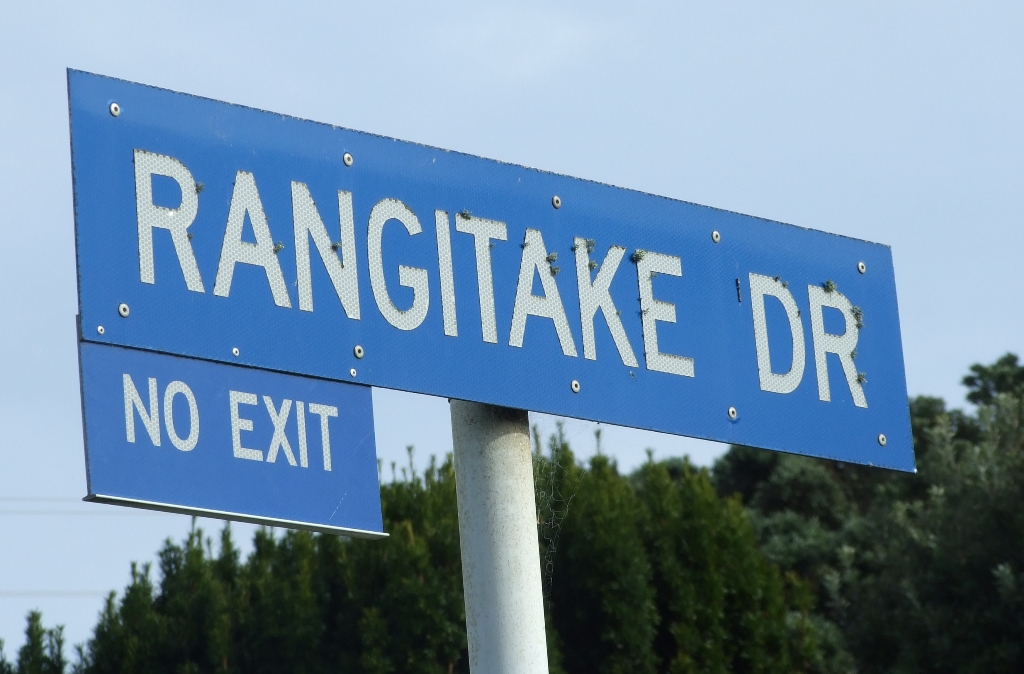
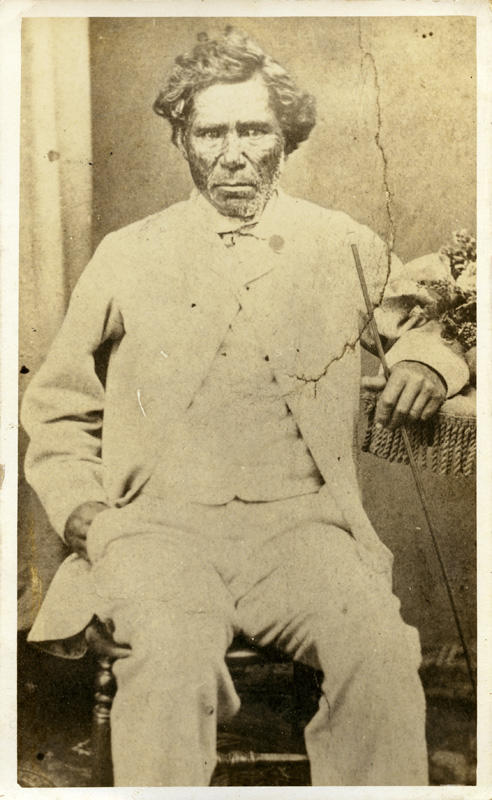
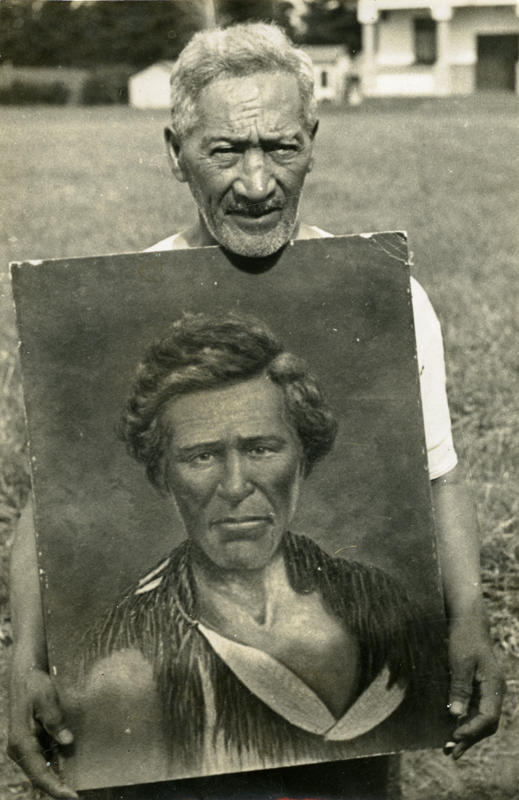
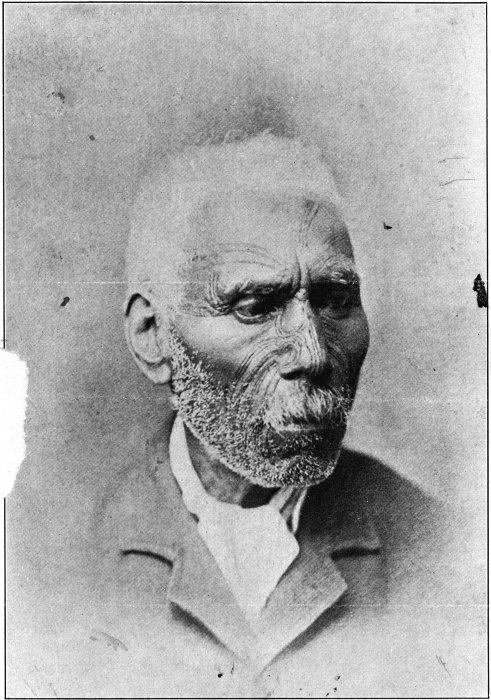
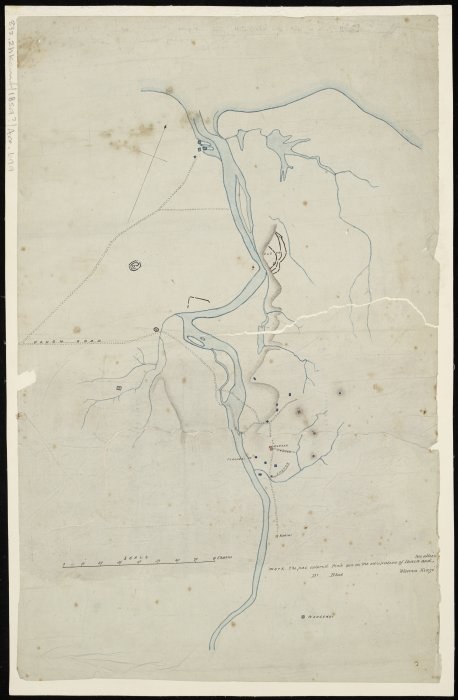
Rangitāke Drive is named after the great Te Ātiawa leader, Wiremu Kīngi Te Rangitāke,
In 1844, William Spain investigated the New Zealand Company's purchases of land in Taranaki between 1839 and 1840, and upheld the Ngāmotu purchase of approximately 60,000 acres.
However, Wiremu Kīngi sent a message to Governor Robert Fitzroy telling him that Waitara would not be given up. Governor Fitzroy overturned Spain's decision and reduced the purchase to 3,500 acres. So in 1844, the Crown, Māori and settlers reached an agreement about land boundaries; European settlement would be restricted to the Fitzroy Block, an area roughly covering the current New Plymouth city. This agreement incensed many settlers, who wanted more land for farming.
Legislation passed between 1841 and 1856, effectively prohibited Māori from leasing their lands directly to settlers. In 1845, Governor Grey instructed land commissioner Donald McLean to repurchase as much of the 60,000 acres as he could. From 1847 until 1848 the Crown acquired five blocks, of around 27,000 acres.
At the same time there was disagreement between two major factions within Māori - those for and those against the selling of land. Teira and Īhāia ignored the ruling of Wiremu Kīngi allowing Governor Gore Browne the opportunity to trade with these lower ranked chiefs.
Disputes between Māori and Pākehā increased when Wiremu Kīngi led a group of almost 600 Te Ātiawa home to their ancestral lands at Waitara in 1848. Grey tried to prevent his return by threatening to destroy his waka. Grey also told Kīngi that he should settle on the north bank of the Waitara River, although many hapū were from south of the river. Wiremu Kingi insisted that he would build his pā where and when he pleased, and settled on the south bank.
With the Bell Block negotiations and Kīngi's return the growing resistance within Te Ātiawa against further land sales reached a flashpoint. War broke out as a result of the Crown's attempt to purchase land on the south bank of the river in 1859. Wiremu Kīngi found refuge in the Ngāti Maru area, refusing any attempts by the Crown to reconcile.
On the afternoon of 22 February 1872, 12 years to the day of the anniversary of the proclamation of martial law in Taranaki, Wiremu Kīngi arrived in New Plymouth accompanied by approximately 350 Māori from Te Ātiawa and Waikato. He spent four days in New Plymouth before leaving for Parihaka to attend a hui where the mystical prophet Te Whiti o Rongomai was rising to prominence.
The remaining ten years of his life were spent around Parihaka, until his death at Kaingaru, near the meeting of the Waitara and Manganui rivers, on the 13 January 1882.
This story was originally published in the Taranaki Daily News.
The life and times of Wiremu Kīngi Te Rangitāke E Whiti (1936), E. A. Missen. Collection of Puke Ariki (TRCM993.482 MIS)
LinkPapers relative to the Waitara: presented to both Houses of the General Assembly, by command of His Excellency (1863), New Zealand Parliament. Collection of Puke Ariki (TRC993.022 NEW)
LinkCorrespondence relative to the return to Taranaki of Wiremu Kīngi Te Rangitāke, in 1848 (1863), National Library of New Zealand. Alexander Turnbull Library
LinkWiremu Kīngi (20 January 1882), New Zealand Herald, Volume XIX, Issue 6295
LinkEngland and the Māori Wars (2 April 1938), Otago Daily Times, Issue 23466
LinkPlease do not reproduce these images without permission from Puke Ariki.
Contact us for more information or you can order images online here.